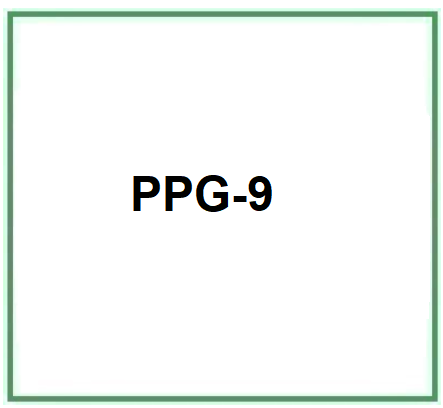PPG-9 is a chemical compound, a polymer of propylene oxide.
The name describes the structure of the molecule:
- "PPG" indicates that the molecule is Polypropylene Glycol, a synthetic polymer similar to polyethylene glycol but derived from propylene oxide instead of ethylene oxide.
- "9" indicates the average chain length of the polymer or the average molecular weight.
Description of the raw materials used in production and their functions:
- Propylene oxide (PO). A volatile and flammable liquid. It is the primary raw material for PPG production.
- Catalysts. Used to accelerate the polymerization reaction.
Step-by-step industrial synthesis:
- Propylene oxide is fed into a reactor under controlled conditions.
- In the presence of a catalyst, the propylene oxide polymerizes, forming PPG chains.
- Once the desired molecular weight is achieved (in this case, corresponding to PPG-9), the reaction is halted.
- The PPG is then purified to remove any impurities or unreacted reagents.
- Finally, the PPG-9 is dried and conditioned to meet the desired specifications.
PPG-9 typically appears as a clear, colorless to slightly yellowish viscous liquid.

What it is for and where
Cosmetics
Skin conditioning agent. It is the mainstay of topical skin treatment as it has the function of restoring, increasing or improving skin tolerance to external factors, including melanocyte tolerance. The most important function of the conditioning agent is to prevent skin dehydration, but the subject is rather complex and involves emollients and humectants that can be added in the formulation.
Commercial Applications
Cosmetics and Skin Care. PPG-9 is commonly used in cosmetic products as an emollient. It helps provide a soft feel on the skin and can also act as a solvent for other ingredients.
Hair Care Products. It can be found in products such as shampoos and conditioners, where it contributes to the softness and manageability of hair.
![]() PPG-9
PPG-9 

